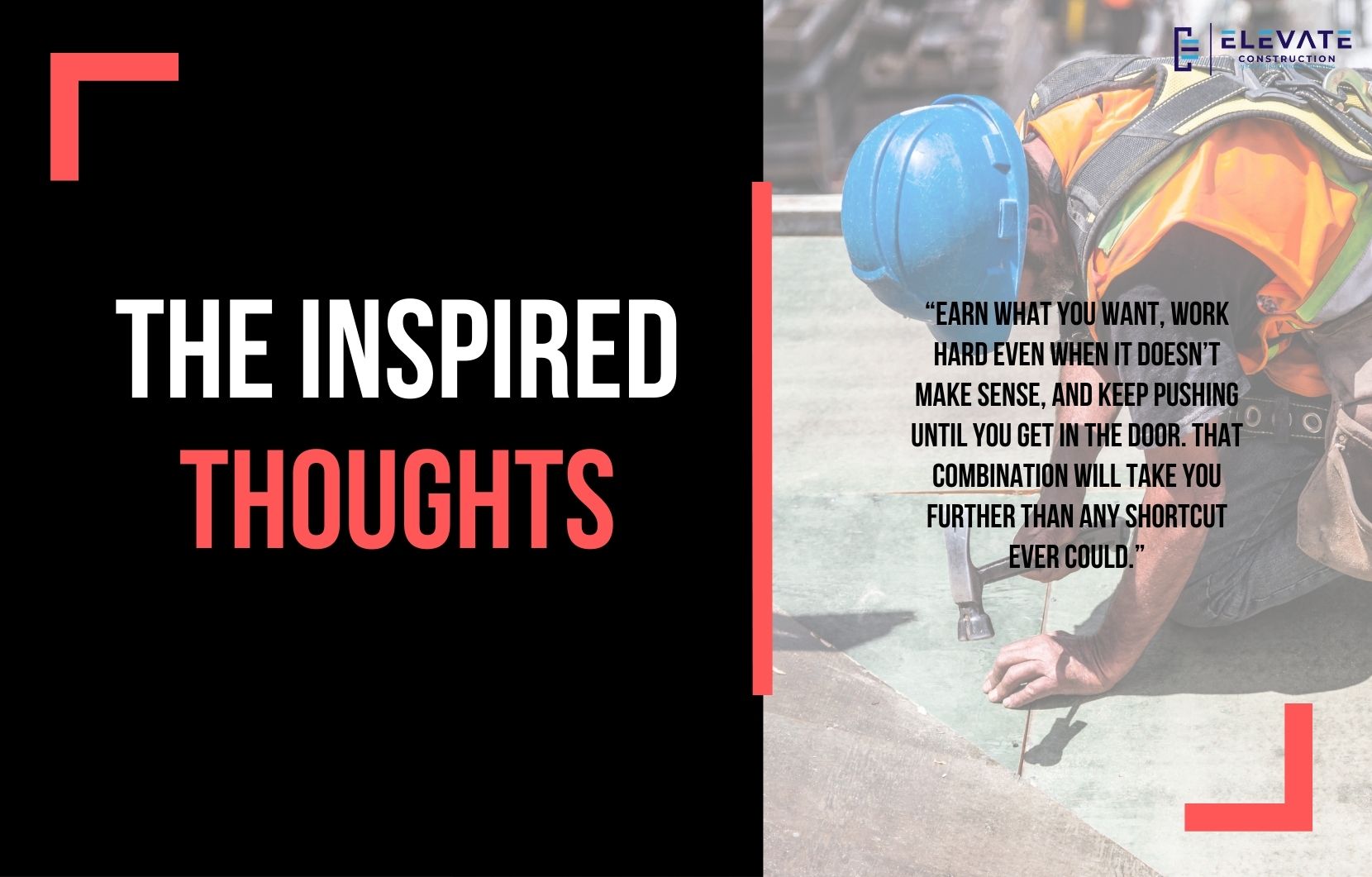Why One View of the Plan is Never Enough
I recently had a breakthrough about why so many teams struggle with the Last Planner System. It hit me during a session when I was mapping out different plans: macro Takt plan, norm Takt plan, pull plan, look ahead, weekly work plan, and day plan. At first I thought of these as separate tools. Then I realized something powerful.
All of these deliverables are simply different views of the same plan. Each one exists for a specific audience, with a specific purpose. The macro Takt plan gives owners and executives the big-picture strategy. The pull plan shows the sequence and zoning so last planners can see how the work fits together. The look ahead reveals rhythm, flow, and roadblocks to make work ready. The weekly work plan highlights commitments and handoffs. The day plan makes the daily strategy visible for workers in a clear, visual way.
Here’s the problem I see on too many projects. Teams proudly put their pull plan on the wall and think they have visibility. But that is only one view out of six. Owners cannot see strategy. Planners cannot see production details. Foremen cannot see roadblocks. Workers cannot see the daily plan. You end up with one-seventh of the visibility you need, and the system feels broken.
If we want Last Planner to truly work, we must provide all the views. Macro and norm level plans should be visible in the trailer. Pull plans should be on the wall or screen. Look aheads and weekly work plans must be formatted for foremen to identify handoffs, commitments, and roadblocks. Day plans must be clear and visual for every worker on site. Zone maps and logistics plans should be up on the wall so teams can solve problems in real time.
There is no rule that says stickies have to be handwritten, or that they must be on a physical board. What matters is that the right people see the right view in the right format at the right time. When you create visibility across all seven deliverables, you give your team the full picture. That is when the Last Planner System actually works the way it was designed.
Key Takeaway
One pull plan on the wall is not enough. To truly make the Last Planner System work, you need every view visible, macro, norm, pull, look ahead, weekly work plan, day plan, and logistics. Each view serves a different audience and purpose, and together they create the full picture your project needs.
If you want to learn more we have:
-Takt Virtual Training: (Click here)
-Check out our YouTube channel for more info: (Click here)
-Listen to the Elevate Construction podcast: (Click here)
-Check out our training programs and certifications: (Click here)
-The Takt Book: (Click here)
Discover Jason’s Expertise:
Meet Jason Schroeder, the driving force behind Elevate Construction IST. As the company’s owner and principal consultant, he’s dedicated to taking construction to new heights. With a wealth of industry experience, he’s crafted the Field Engineer Boot Camp and Superintendent Boot Camp – intensive training programs engineered to cultivate top-tier leaders capable of steering their teams towards success. Jason’s vision? To expand his training initiatives across the nation, empowering construction firms to soar to unprecedented levels of excellence.
On we go










